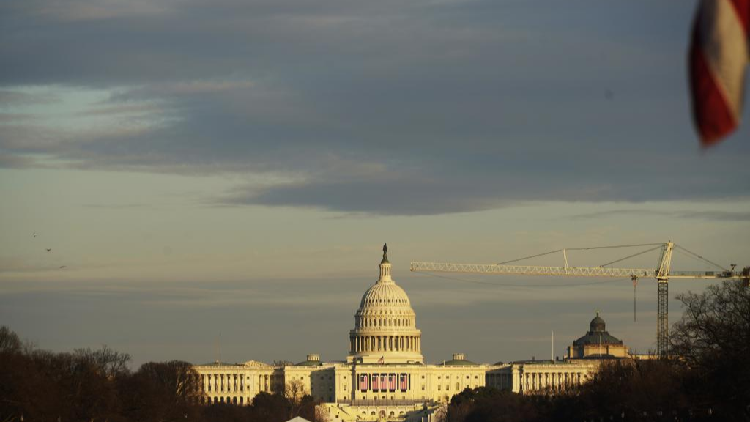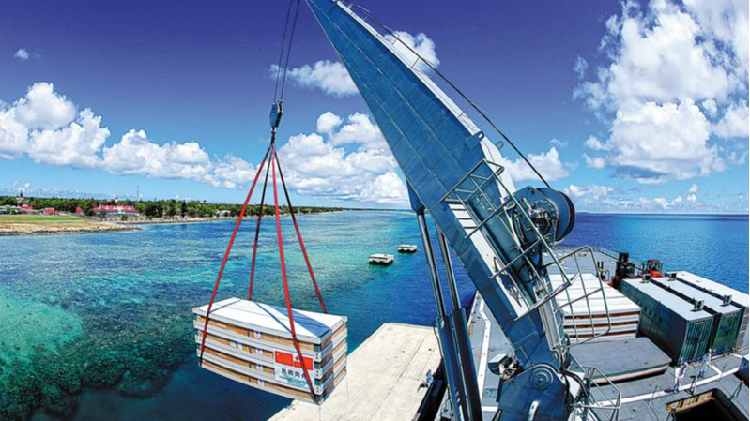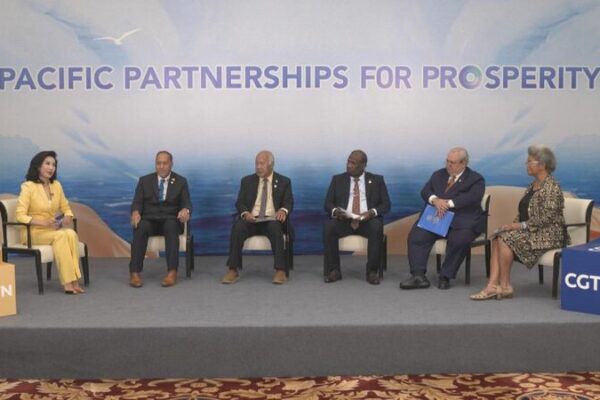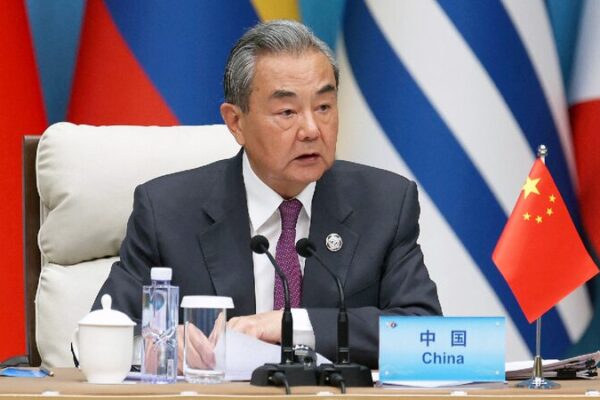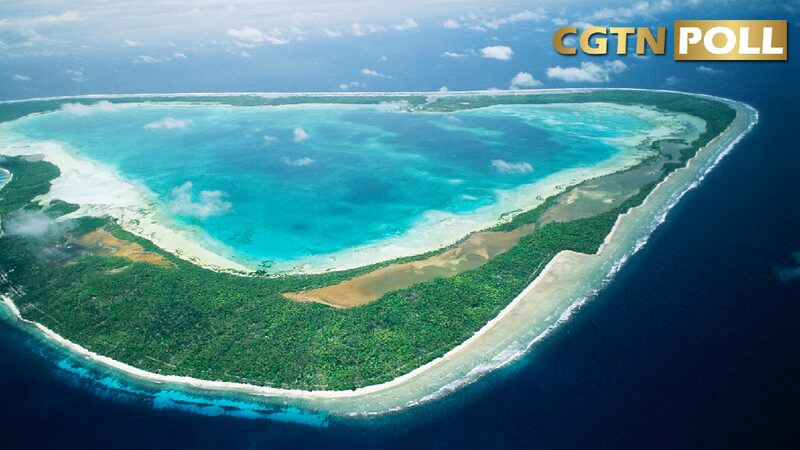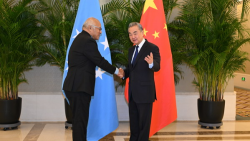In recent years, the United States has been actively signing shiprider agreements with Pacific Island Countries (PICs). To date, 12 PICs and territories—including Fiji, Papua New Guinea, Vanuatu, the Federated States of Micronesia, Samoa, Tonga, Kiribati, Nauru, the Cook Islands, Palau, the Marshall Islands, and Tuvalu—have entered into these agreements.
The U.S. presents these agreements as a means to bolster maritime security and enhance the capacities of PICs. Under the shiprider programs, law enforcement officers from the PICs are allowed to board U.S. Coast Guard vessels to inspect ships suspected of illegal activities within their waters.
What’s Behind the U.S. Enthusiasm?
At first glance, these agreements seem beneficial for all parties involved. However, a closer look reveals that the U.S. gains significant law enforcement privileges. For example, U.S. vessels can pursue and board ships entering a PIC’s territorial waters without needing additional authorization from the host nation. In some cases, U.S. personnel can conduct inspections within a PIC’s exclusive economic zone without any involvement from the PICs’ authorities.
According to the United Nations Convention on the Law of the Sea (UNCLOS), rights to enforce laws within territorial waters are reserved exclusively for the respective nations. This raises questions about the balance of power and sovereignty under these agreements.
What Do PICs Gain?
While the agreements often include reciprocal provisions—such as mutual access to ports, airspace overflight rights, communication support, and information sharing—the capabilities of PICs to utilize these benefits are limited. For instance, most PICs do not have an air force, making overflight rights over U.S. airspace practically unattainable. As a result, the reciprocity offered may exist only on paper.
This imbalance suggests that PICs may be ceding a degree of sovereignty without receiving equivalent benefits. It raises the question: How do these agreements truly serve the interests of the Pacific Island nations?
Historical Context and Motivations
Historically, the Pacific region has been strategically important to the U.S. After World War II, efforts were made to strengthen economic and military presence in the area, leading some to refer to the Pacific Ocean as an “American lake,” with the PICs playing the role of “lake keepers.”
Military bases were established on islands like Guam and Palau, and nuclear tests conducted on the Marshall Islands had lasting impacts on local communities. These actions reflect a longstanding pattern of involvement in the region.
The shiprider agreements could be seen as a continuation of these efforts, potentially expanding surveillance and influence in the Pacific. By strengthening control over this vital region, the U.S. might be advancing broader geopolitical objectives.
Looking Ahead
As the U.S. has not ratified the UNCLOS, questions arise about accountability and adherence to international law. For the PICs, it’s essential to carefully consider how these agreements affect their sovereignty and long-term interests. Open dialogue and transparent negotiations are crucial to ensure that partnerships are equitable and mutually beneficial.
Reference(s):
cgtn.com
